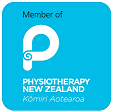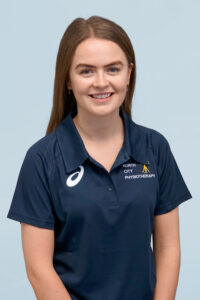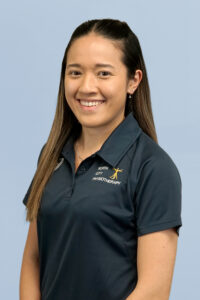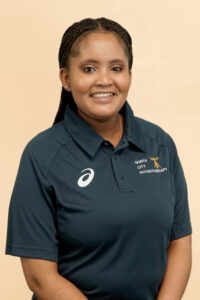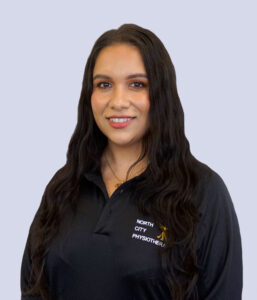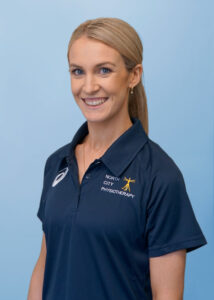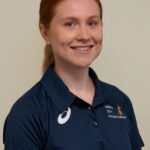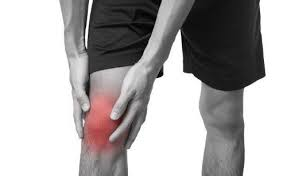
Runner’s knee, more scientifically called patellofemoral pain syndrome (PFPS) is a condition which affects the cartilage on the underside of the knee cap (patella) and the structures which support it, as it moves up and down over the groove on the femur (thigh bone) when you bend and straighten your knee.
THE SYMPTOMS
- Tenderness around or behind your knee cap
- Pain that is aggravated by downhill running
- Dull pain when running on uneven terrain
- Pain when you push on the patella bone
The Fix:
The first line of treatment for PFPS is rest, along with the use of ice and non-steroidal antiinflammatories (NSAIDs), which may help reduce pain and swelling in the short term. Taping can also facilitate better patella movement and reduce pain, again in the short term.
Research shows that strengthening the hip/ buttock muscles, specifically the hip abductors and the gluteus muscles, can reduce pain in PFPS. Exercises for this may include squats, lunges, crab walking and bridging.
Improving flexibility in the leg, especially the hip flexors is essential. Physical therapy is also an important component for reducing pain around the knee and mobilising the joints and soft tissue structures.
A graduated progression back into training can be discussed with your therapist as you work through your rehab programme.
Strong gluteal muscles help control hip and thigh movement, preventing the knee from turning inwards. Cycling, elliptical training and swimming are other ‘knee-friendly’ activities for cross-training.


